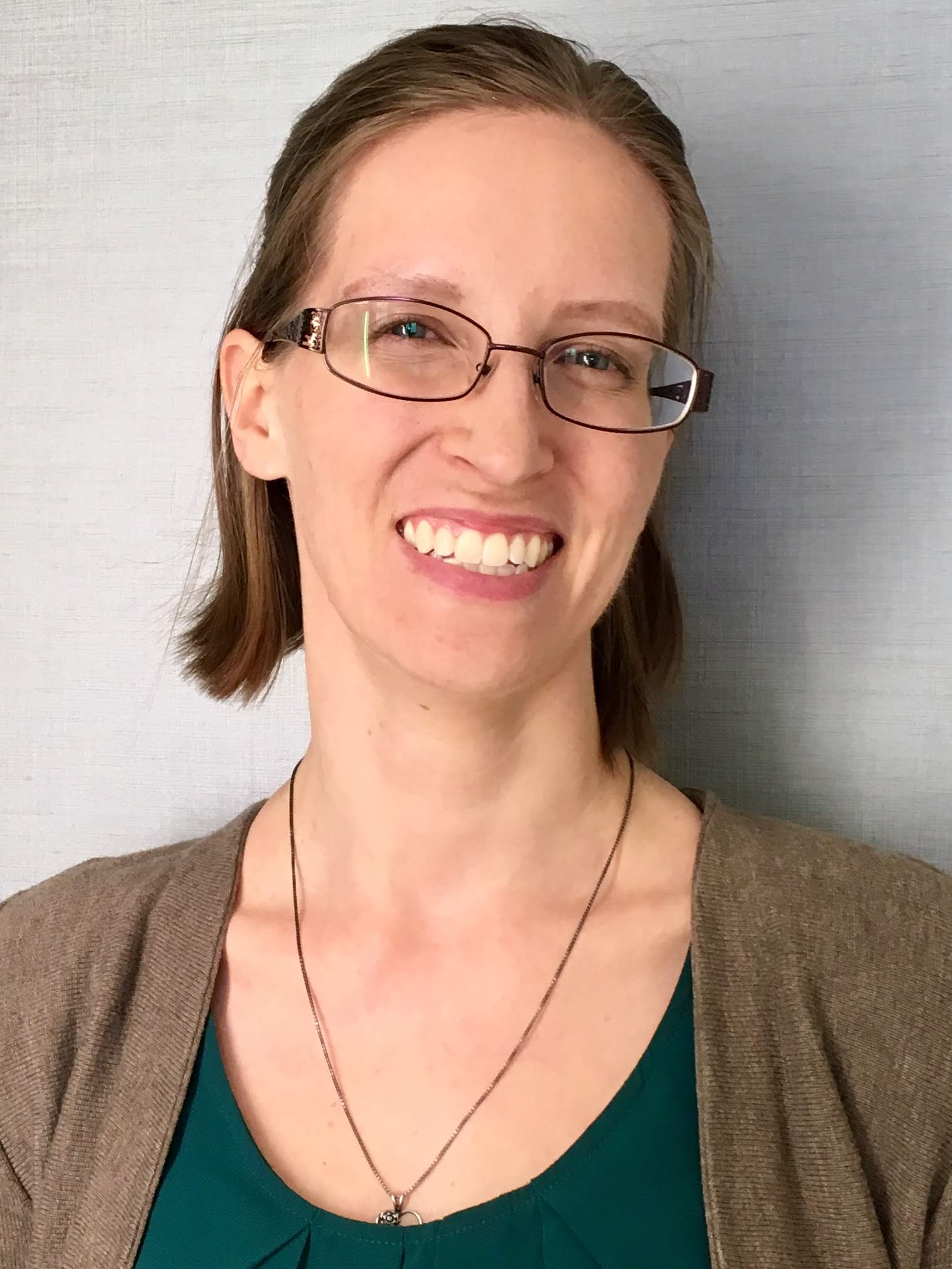Bringing Tribology to the Everyday
Kathryn Hasz | TLT Scholarship Essay December 2020
Online only in TLT Archives
Jeanie S. McCoy Scholarship
The Jeanie S. McCoy Scholarship is awarded annually to recognize female college and high school students pursuing careers in tribology. This is a new scholarship, administered by the STLE Presidential Council, that was created to honor STLE Life Member Jeanie McCoy, who was a member of STLE for more than 66 years, joining in the early 1950s when the lubrication industry was clearly male dominated. McCoy passed away in July 2019.
Kathryn Hasz, a doctoral candidate studying materials science at the University of Pennsylvania working with professor Robert Carpick, was the first recipient of the McCoy scholarship in 2019.
As a requirement for receiving the McCoy scholarship, students must submit an essay for publication in TLT discussing their goals, plans and interests in pursuing a future career in the field. For more information about the McCoy scholarship, visit www.stle.org.

Kathryn Hasz
My mom teaches preschool, and my brother works in city planning. I also have a best friend that is an ER doctor. None of them had heard the word
tribology before I started working in it. But they regularly deal with stickers that fall off, panels that need to be affixed to deteriorating facades and thread for stitches that will come loose unless finished with six perfect square knots. They never thought of tribology as an essential area of research, but it drives some of their everyday problems.
The fundamental interactions between surfaces that determine their behavior fascinate me. My work uses variable-temperature, ultra-high vacuum atomic force microscopy (AFM) experiments to probe nanoscale interactions between a single asperity and flat countersurface, with contact sizes on the order of a few nanometers. This work cannot be directly applied to macroscopic systems, but fundamental knowledge gained from these well-defined contacts can guide future research. The simplified geometry of AFM allows us to isolate the interactions occurring on the atomic scale and systematically vary external parameters to see the effects.
At the macroscale, friction on highly oriented pyrolytic graphite decreases continuously as humidity increases. However, I have discovered a non-monotonic change in friction with increasing humidity such that friction reaches a peak at moderate humidities and then decreases. By coupling these experiments with molecular dynamics simulations done by collaborators, we gain atomic insight and can see water molecules intercalate into the tip/sample contact. At moderate humidities, they act as pinning sites, increasing the friction. At high humidities, the water forms a thin film, eliminating pinning points and decreasing friction. This work is in press and could soon be applicable if devices approach length scales in which macroscopic behavior does not apply.
I am also studying how temperature and scanning speed affect atomic-scale friction for tips sliding on MoS
2, a common solid lubricant for macroscopic applications like spacecraft. Its monolayer form also has interesting electronic properties. My results show that friction can increase dramatically at low temperatures and are being written up for publication. Understanding the temperature and speed dependence of MoS
2 friction provides insights into the kinetics of sliding and explores potential ways to modify friction in a solid-solid contact without changing materials.
I aim to expand this work on MoS
2 to probe structurally similar but chemically unique materials, such as WS
2. These experiments would provide insights into the influence of chemical composition versus structure, potentially opening up new classes of solid lubricants that may be made of safer or more earth-abundant materials. Ideally, understanding the atomic scale interactions will allow us to map a parameter space of frictional properties based on environmental effects and material composition. Such a map could generate predictive abilities for friction such that an optimal solid lubricant or coating material could be judiciously chosen based on the desired properties and working environment without the need for extensive testing of options.
So many people remain unaware of tribology, but I have been working on changing that through outreach and teaching, including a summer program introducing high school students to materials science and outreach days for local schools and communities. I plan to continue in academia after I complete my doctorate. As a professor, I can further my studies of fundamental tribological interactions and introduce new students and the general public to this fascinating field. There is much to discover in the fundamental interactions and applications of tribological knowledge and research, making this a field that should draw interest from those who love nanoscience or want to see their work applied to real-world problems. I hope to bring future tribologists into this under-appreciated discipline. Maybe they can be the ones to push us forward and optimize sticker stickiness, develop permanent adhesives for crumbling facades or make a thread that slides through skin easily but will also hold a knot.